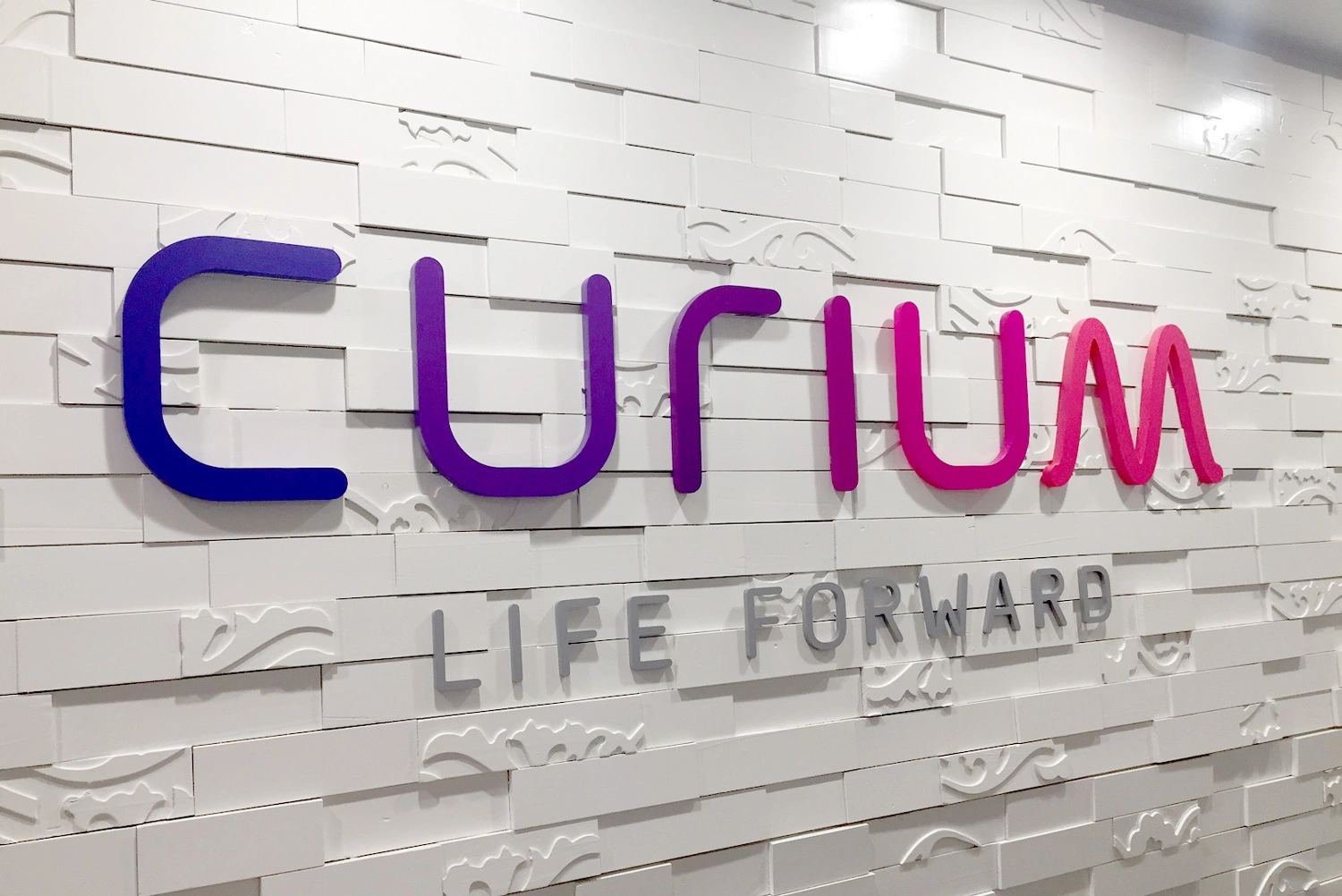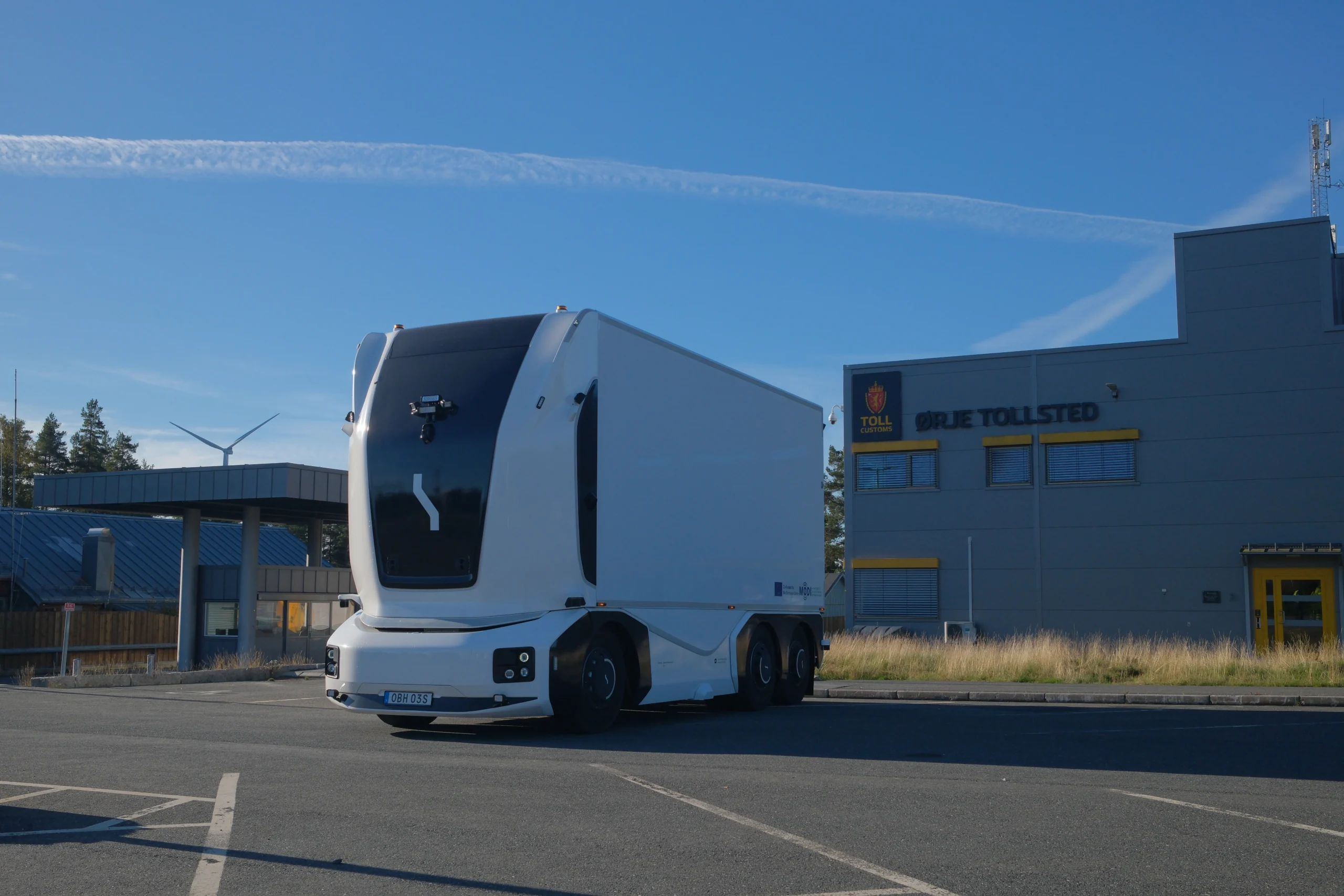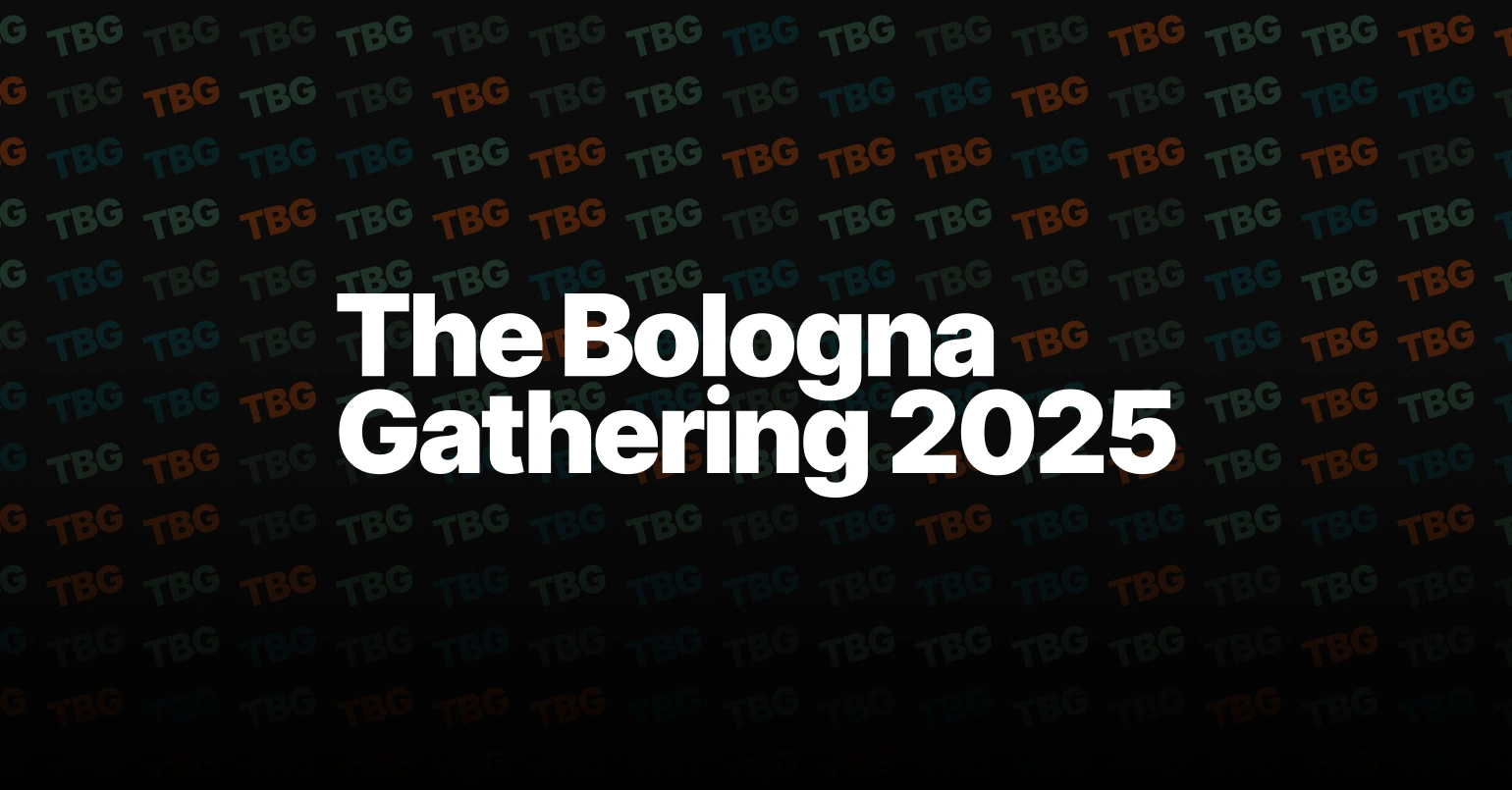Make your data assets count

John E. Kaye
- Published
- Home, Technology

James Squires, Lead Consultant at Wunderman Thompson Technology describes how a five-stage approach to transforming data capture can ensure your customers aren’t turning away at the first hurdle
Over the past few years, we have seen a fundamental shift in all areas of business, especially in the financial services industry. Consumers are using more online services, have higher expectations in terms of convenience, and they are less forgiving of poor experiences. Despite the growth of new technologies, services and products such as contactless payments, digital passports, bitcoin and more, we are still being confronted by old models when it comes to signing up for them.
Having a 360-degree view and an improved understanding of what customers are doing with their money and their financial data can help financial institutions to serve them better.

The Experiences Customers Want report revealed that 62% of consumers use more online services than they did before the pandemic. And two-thirds of consumers surveyed said that they were accessing banking services online, dramatically ahead of any other sector, with retail shopping (49%) and grocery shopping (35%) lagging behind.
However, if we scratch the surface and look beyond the ease of online services, we find that consumers are still frustrated with fundamental distractions such as slow and hard-to-navigate websites. Moreover, 46% stated that they are now less forgiving of poor online experiences.
This leads me to data capture; the experience that got left behind. While challenger banks are transforming consumer expectations when it comes to frictionless applications for new accounts and services, much of the establishment needs to catch up.
Let’s take a look at the recent experience of a colleague of mine. Toby is a young, recently married professional trying to take out his new family’s health and life insurance policies. After extensive research on the web, he chooses a provider that appears to offer great customer service, with simple-to-understand policies. So far, so good.
He can’t apply online and instead receives an email that requires him to complete and sign five individual documents. In doing so, he is forced to provide his full name and address five times and his family, dependency and contact details three times. Furthermore, he had to complete two separate health questionnaires with virtually mirror copies.
Yet, how can this be the case when the very same organisation can seamlessly identify when Toby has been searching for health insurance via Google? And has no problem subsequently targeting him with associated advertising when he opens his Instagram feed?
Behind the scenes, there is a seamless integration of marketing and data systems that enable this real-time targeting. So why does the seamless experience break just at the point that Toby is trying to seal the deal?
Consider how those marketing and data systems have transformed Toby’s experience so far, enabling him to search for and find exactly what he wants. A centralised platform that handles all data capture generates documents of record, captures electronic signatures where required and transmits that data to the systems that need it. It can do the same for this incredibly important and pivotal customer journey.
Building a platform around data capture offers the ability to provide a vastly improved user experience, with the added benefit that operational efficiencies will more than cover the cost. An initial audit of existing processes and forms will identify the priorities that will deliver maximum impact to the business, which, in turn, could ensure cost neutrality within a few months of operation.
A survey by CEB TowerGroup found that in-branch accounts open at £40 more than a digital account. When paper documents are generated, there are costs associated with the paper itself and the transportation, storage, retrieval and destruction of that document. Not to mention the environmental cost of the paper.
And then there’s the time saved due to the efficiencies of consistent data quality. Paper-based manual processes can waste hours every month back tracking for a missing piece of information or a misspelt address.
However, change is hard and large organisations, particularly in the highly regulated financial sector, are complex. Transformation doesn’t come overnight and it’s often difficult to know where to start. Breaking the process down through a five-stage process is a good idea.
- Redefine the experience – Rethink the experience from end-to-end and use existing data for whittling down any duplication of effort on the part of the customer. The resulting user experience should be as personalised and seamless as those offered elsewhere on the web.
- Simplify the workflow – Creating a standard and centralised platform for data capture opens up a whole world of operational efficiencies, a path to simpler digital downstream processes and less room for human error.
- Backend integrations – Apply best practice to ensure that data is transmitted securely into backend systems and lean on dedicated integration tools to do the heavy lifting.
- Ensure seamless adoption – Plan a transitional phase to ensure alignment of existing operational teams to drive adoption.
- Continuous improvement – Launching the platform is just the start of the evolution. Improving the customer experience should be an iterative process, ironing out duplication and continually adding new features to enhance it.
First-party data is one of the most valuable assets a business can have. And despite recent data scandals and growing concern around privacy in financial services, over a third of consumers are more willing to share their data if it improves the online experience. Now is the time for traditional banking organisations to catch up and focus on the experience of capturing data to ensure customers aren’t turning away at the first hurdle.
Sign up to The European Newsletter
RECENT ARTICLES
-
 Make boards legally liable for cyber attacks, security chief warns
Make boards legally liable for cyber attacks, security chief warns -
 AI innovation linked to a shrinking share of income for European workers
AI innovation linked to a shrinking share of income for European workers -
 Europe emphasises AI governance as North America moves faster towards autonomy, Digitate research shows
Europe emphasises AI governance as North America moves faster towards autonomy, Digitate research shows -
 Surgeons just changed medicine forever using hotel internet connection
Surgeons just changed medicine forever using hotel internet connection -
 Curium’s expansion into transformative therapy offers fresh hope against cancer
Curium’s expansion into transformative therapy offers fresh hope against cancer -
 What to consider before going all in on AI-driven email security
What to consider before going all in on AI-driven email security -
 GrayMatter Robotics opens 100,000-sq-ft AI robotics innovation centre in California
GrayMatter Robotics opens 100,000-sq-ft AI robotics innovation centre in California -
 The silent deal-killer: why cyber due diligence is non-negotiable in M&As
The silent deal-killer: why cyber due diligence is non-negotiable in M&As -
 South African students develop tech concept to tackle hunger using AI and blockchain
South African students develop tech concept to tackle hunger using AI and blockchain -
 Automation breakthrough reduces ambulance delays and saves NHS £800,000 a year
Automation breakthrough reduces ambulance delays and saves NHS £800,000 a year -
 ISF warns of a ‘corporate model’ of cybercrime as criminals outpace business defences
ISF warns of a ‘corporate model’ of cybercrime as criminals outpace business defences -
 New AI breakthrough promises to end ‘drift’ that costs the world trillions
New AI breakthrough promises to end ‘drift’ that costs the world trillions -
 Watch: driverless electric lorry makes history with world’s first border crossing
Watch: driverless electric lorry makes history with world’s first border crossing -
 UK and U.S unveil landmark tech pact with £250bn investment surge
UK and U.S unveil landmark tech pact with £250bn investment surge -
 International Cyber Expo to return to London with global focus on digital security
International Cyber Expo to return to London with global focus on digital security -
 Cybersecurity talent crunch drives double-digit pay rises as UK firms count cost of breaches
Cybersecurity talent crunch drives double-digit pay rises as UK firms count cost of breaches -
 Investors with €39bn AUM gather in Bologna to back Italy’s next tech leaders
Investors with €39bn AUM gather in Bologna to back Italy’s next tech leaders -
 Axians and Nokia expand partnership to strengthen communications infrastructure across EMEA
Axians and Nokia expand partnership to strengthen communications infrastructure across EMEA -
 Forterro buys Spain’s Inology to expand southern Europe footprint
Forterro buys Spain’s Inology to expand southern Europe footprint -
 Singapore student start-up wins $1m Hult Prize for education platform
Singapore student start-up wins $1m Hult Prize for education platform -
 UK businesses increase AI investment despite economic uncertainty, Barclays index finds
UK businesses increase AI investment despite economic uncertainty, Barclays index finds -
 Speed-driven email security: effective tactics for phishing mitigation
Speed-driven email security: effective tactics for phishing mitigation -
 Short circuit: humanoids go for gold at first 'Olympics for robots'
Short circuit: humanoids go for gold at first 'Olympics for robots' -
 New IBM–NASA AI aims to forecast solar flares before they knock out satellites or endanger astronauts
New IBM–NASA AI aims to forecast solar flares before they knock out satellites or endanger astronauts -
 AI is powering the most convincing scams you've ever seen
AI is powering the most convincing scams you've ever seen



























